Take it from the experts, these 7 spring gardening tasks are a waste of time
Save yourself the effort by focusing on easier alternatives
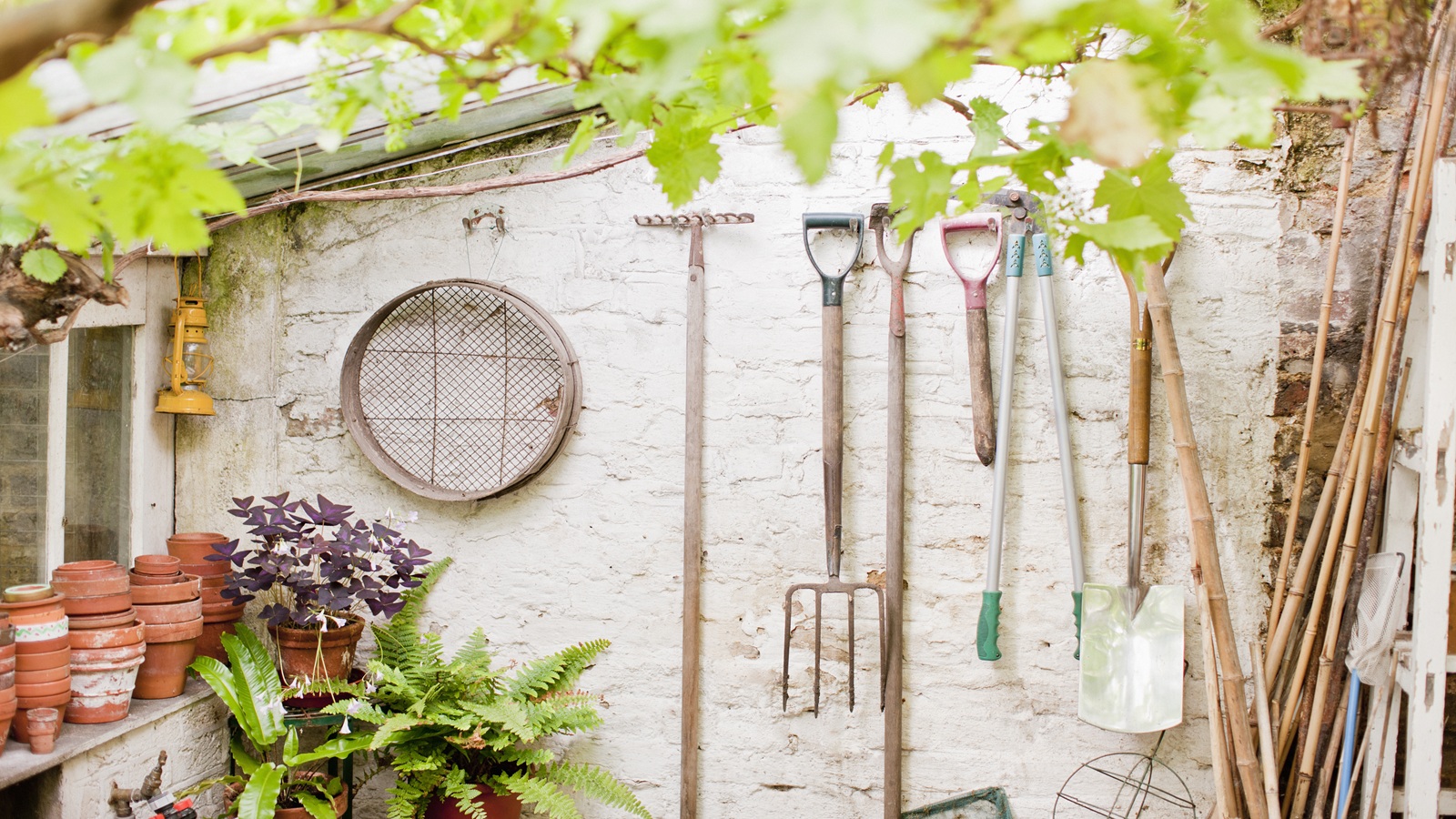
- 1. Forget staking - grow self supporting plants
- 2. Don't rush to scarify and aerate your lawn
- 3. Resist weeding - dress soil with mulch instead
- 4. Give digging a miss – let the worms work for you
- 5. Resist cutting back and clearing
- 6. Leave soil testing until later in the year
- 7. Hold off cutting back daffodils and other spring flowering bulbs

Time spent outside is often a luxury and none of us want to waste it on tackling unnecessary and tiresome chores. This is why its worth knowing which gardening tasks are best left until later in the season, year, or avoiding altogether.
Often handed down from generation to generation, or advised by retailers wanting to promote their products, seasonal gardening tasks can be baffling. Weighing up how, when and why to undertake a particular gardening job can be a tricky business although a detailed spring gardening checklist can prove invaluable.
If you are unsure of where to start, or which outdoor jobs are really worth doing now, we wanted to find out what the experts have to say. With our changing climate, improved knowledge of soil health and increased environmental awareness, it's clear that some firmly held views are no longer as relevant or as effective as they once were.
7 spring garden tasks you don't need to do
‘By rethinking these traditional tasks, gardeners can save time, reduce waste, and create a healthier, more resilient garden ecosystem. Sometimes, the best thing to do is simply step back and let nature take the lead,’ says Tabar Gifford.
1. Forget staking - grow self supporting plants
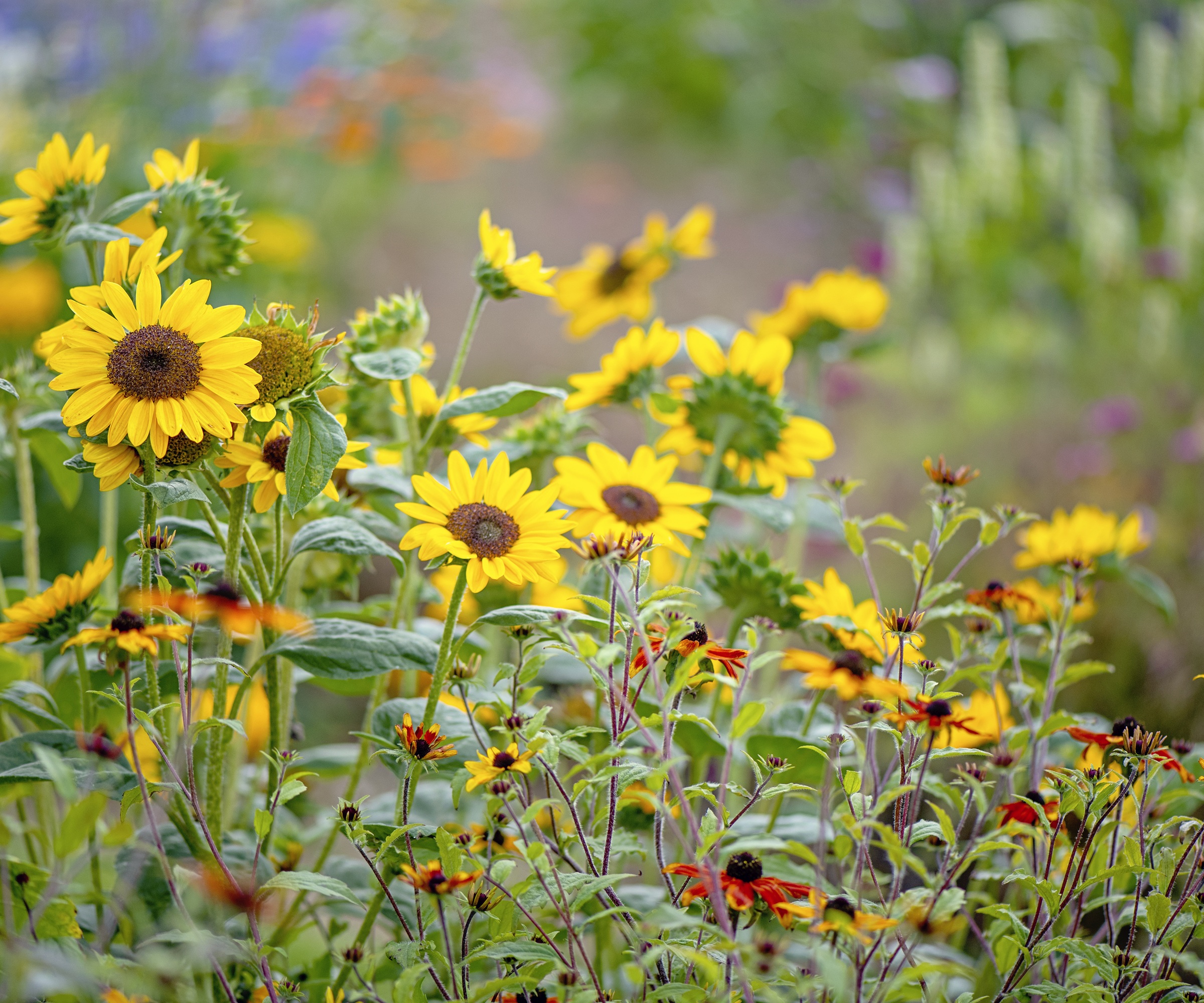
Cajoling annuals and perennials to grow upright and continually tying in budding flower stems is a time consuming and fiddly business. Save time and money spent on supporting hoops, stakes and grow through grids by getting the plants to do it themselves.
‘Choosing the right varieties for your environment can give you less work to do,’ says Andrew Miano, Senior Horticulturist at Baker Creek Heirloom Seed Co. ‘For example, if you don’t like to trellis, grow a bush type cucumber or determinate tomato variety. Dwarf type plants also lend themselves to tidiness and lower-maintenance gardening.’
Branching sunflowers - such as these Sunny Bunch 3ft tall sunflower seeds from Burpee - are just as cheery as the towering single stem giants but are less prone to snapping as the mass of branches help disperse the breeze and support each other. The same goes for other blooms such dahlias, opt for the shorter varieties such as the ‘Gallery’, ‘Happy Single’, and ‘Melody’ species. Amazon have a mix of five 'Gallery' Dahlia tubers to make choosing easy.
Being selective with your planting choices and going for those plants that naturally have strong, flexible stems can make a huge difference to any gardener’s to-do list. Ornamental grasses such as stipa, deschampsia and molinia will continue to sway gracefully in all except the strongest winds, while those garden favorites with ridged, triangular or wiry stems are also extremely robust.
These include salvias, verbena, echinacea and veronicas. We're impressed with the flower seed selection at True Leaf Market.
2. Don't rush to scarify and aerate your lawn

You might be keen to kickstart the spring with a good dose of lawncare but resist the temptation to go full out, too early, as you may end up causing more harm than good.
With frosts and occasional snowfall still possible in many northern locations, aggressively cutting and scarifying grass too early can lead to damage, with fresh leaf growth burnt by the icy conditions and the newly awakened roots broken or disturbed.
‘Scarifying involves cutting through the surface of the lawn with a machine or tool, such as a scarifying rake, to remove thatch and dead grass from the soil,’ says lawn expert Stacie Krljanovic. ‘The process of scarifying can be quite aggressive and may cause some damage to the lawn, especially if it's done too frequently or too deeply.’
Wait until at least mid to late April before tackling this task, as it will allow the grass to start growing steadily. It’s also well worth waiting for a dry spell, especially if the lawn is waterlogged as this can clog up the rake or scarifier, causing roots to be crushed or ripped out and unsightly gaps in the lawn. Start your year's lawncare routine by discovering exactly when to start mowing and watering a lawn in spring.
3. Resist weeding - dress soil with mulch instead
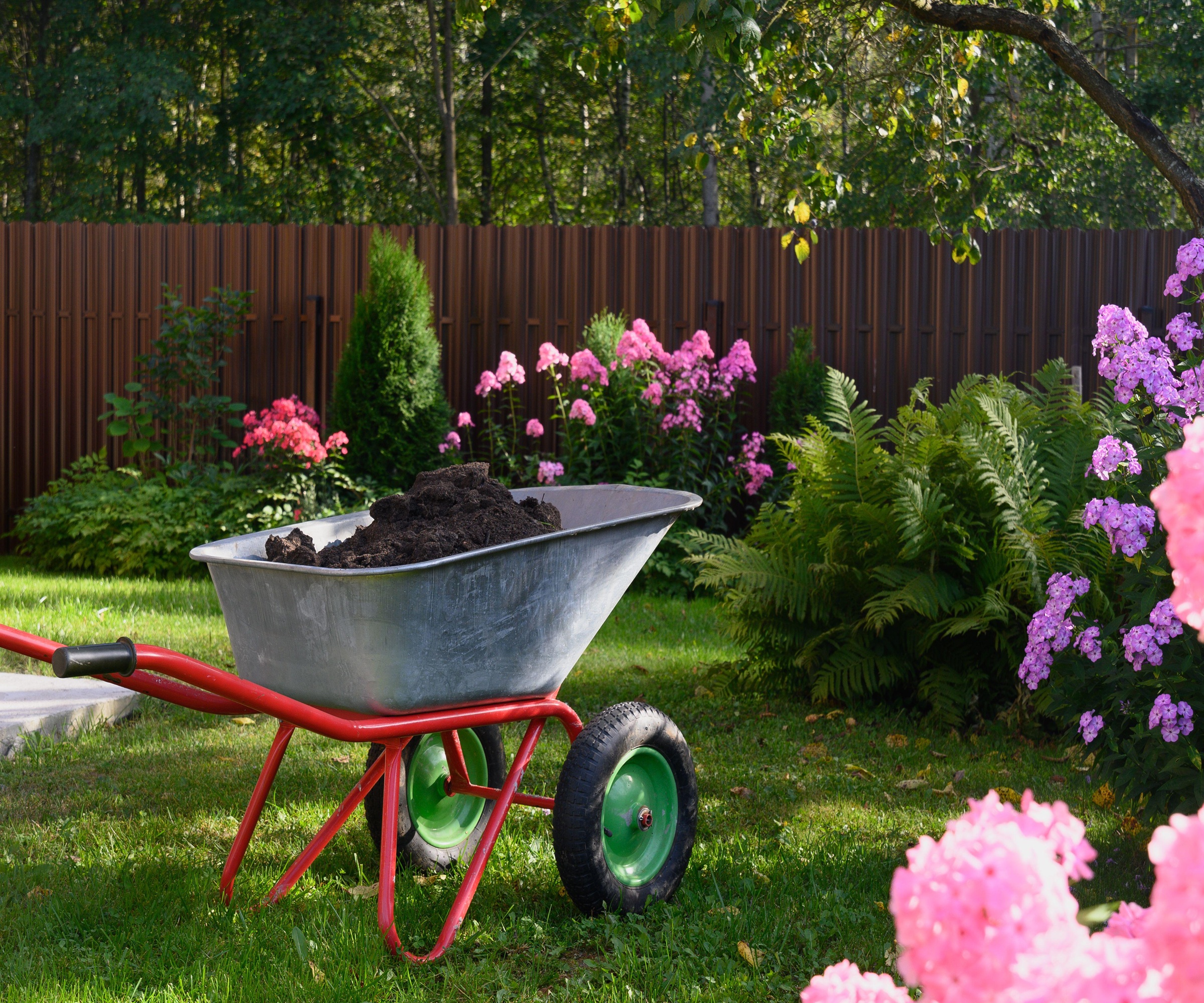
Save on back strain, sore knees and time spent meticulously weeding beds and borders by starving these plants of essential daylight with a generous blanket of mulch instead.
Organic mulch comes in several forms and has the advantage over inorganic mulches such as plastic sheeting and landscape fabric, that they release beneficial nutrients into the soil, aiding plant growth.
Compost, leaf mold, straw and grass cuttings all work well and, along with growing a green manure, will add their own particular nutrients.
‘Mulching is the secret to reducing and – eventually - eliminating weeds! Weeds #1 goal is to prevent soil erosion, so anytime you leave the soil bare, weeds WILL show up to do their job of stopping soil erosion,’ says Flower Farmer Lori Hernandez.
‘If you don't want weeds, then you have to do the job of covering the soil instead - with mulch, grass clippings, landscape fabric, etc. A 2-3 inch layer of mulch will greatly reduce your need for weeding.’
Horticulturalist Andrew Miano agrees, ‘The less weeding you have to do, the better! As a farmer, it’s a benign task that needs to be done every day, but mulching with wood chips or straw (especially between rows and beds) helps a lot. Mulch suppresses weeds and gives microbes and soil creatures habitat. It also helps with conserving moisture.’

Stacie has been working in landscaping for 15 years and has been a lead groundkeeper for the last five, and loves it. As well as this, she works as an advisor at Patio Productions.

Lori Hernandez, an Art Education teacher turned flower farmer, founded Three Acre Farm in 2017 after discovering gardening's healing powers. She now dedicates herself to sharing the joy and inspiration she finds in flowers, helping others experience their restorative benefits.
4. Give digging a miss – let the worms work for you
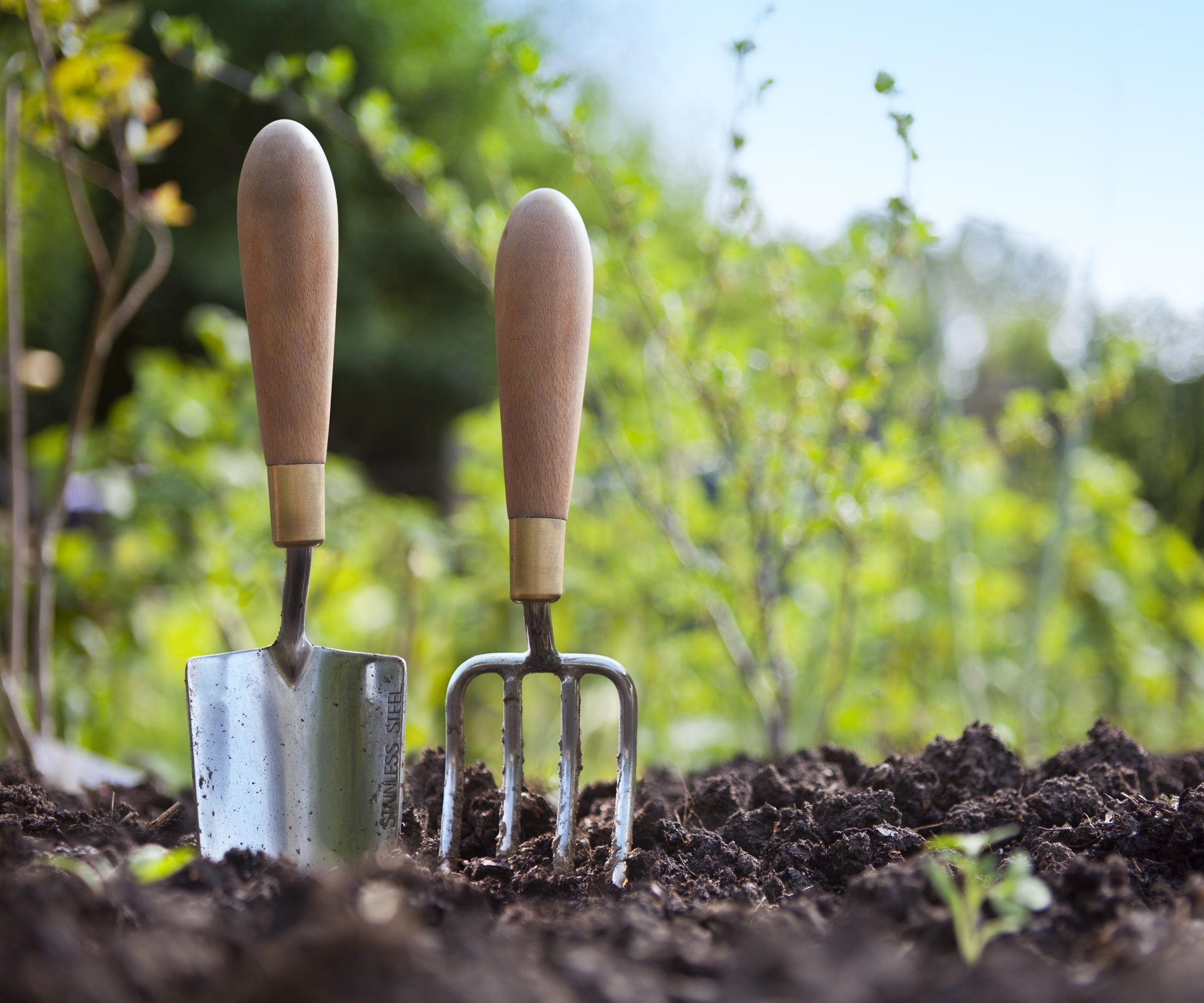
We’ve long been taught that digging over the soil is a task every diligent gardener should do at least once a year, taking it as an opportunity to add in manure and compost, improving the health of the soil. Well, current thinking is very much the reverse, with leading experts championing the no dig approach.
Master Gardener Tabar Gifford explains several reasons behind this reasoning. ‘Preserving the network of beneficial fungi and microbes in the soil is essential for plant health. Digging disrupts these delicate ecosystems, making plants more reliant on artificial fertilizers in the long run. Keeping soil undisturbed helps also sequester carbon naturally rather than releasing it into the atmosphere.’
Getting air into the soil is key, not only for good drainage, but also for root friendly soil structure and distribution of nutrients. Letting earthworms and microbes do the work is far less damaging for the environment and – happily – a less exhausting and time-consuming task for us too.
5. Resist cutting back and clearing
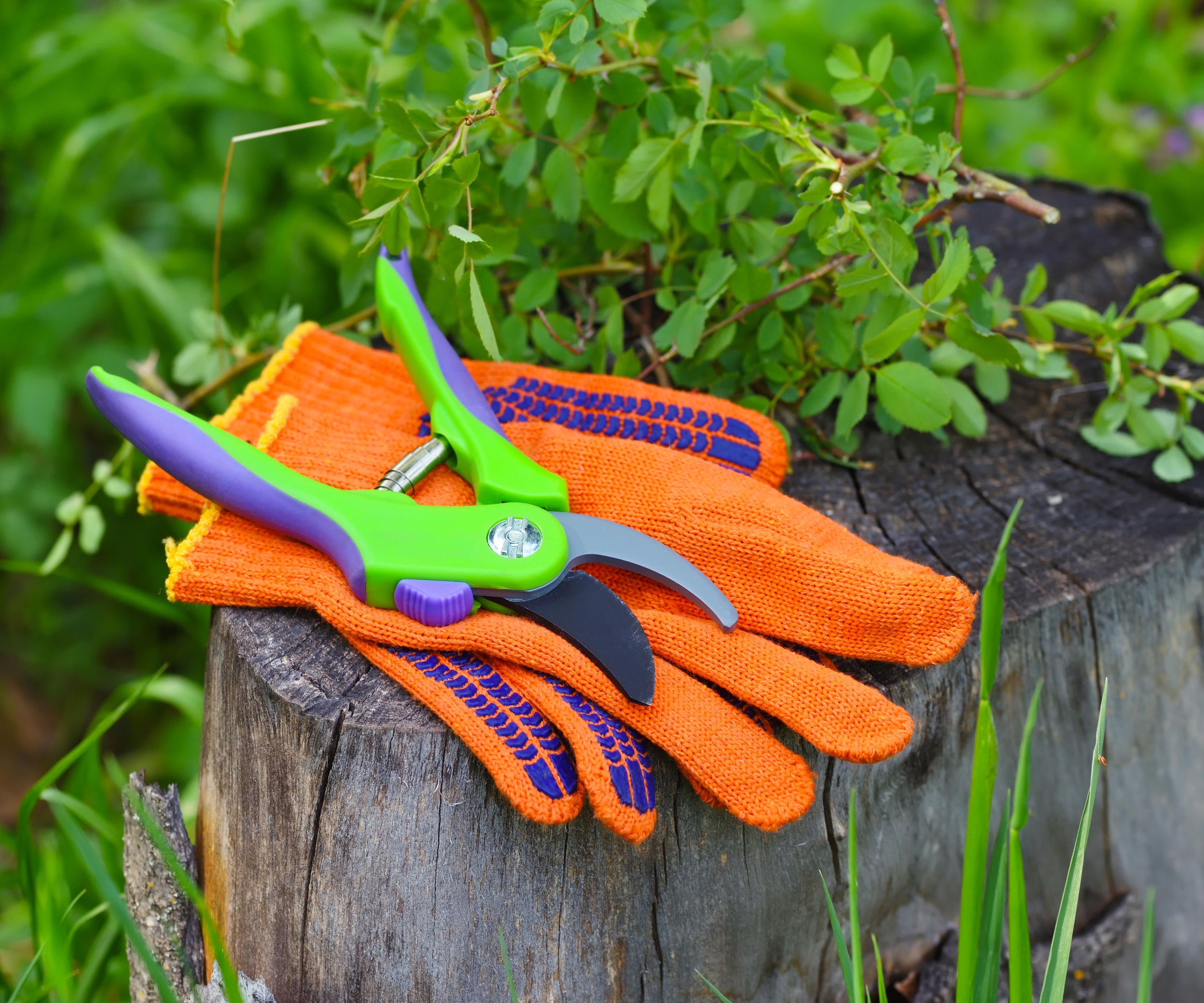
Making the time and effort to snip and tidy away spent flowers and foliage on fading, is a task that most gardeners do. Marking the start of the growing season, it’s an early spring gardening habit that many of us believe is vital to the good health of our yard, but many horticultural experts believe we’re wasting our time.
‘Most people think they have to tear everything out after harvest and prep the soil,’ says Andrew Miano. ‘But it’s actually more beneficial to leave the garden the way it is. for example, if you were growing sunflowers and had seeds developed, leaving those in the garden gives a habitat and food source for native birds. Having birds in the garden is a good thing, too, because they’ll also pick off bugs as a source of protein.’
Leaving plants intact well into early spring also helps other useful garden visitors too, as Tabar explains. ‘Native bees, butterflies, and beneficial insects often overwinter inside hollow stems. Removing them too early destroys critical nesting sites for garden pollinators.’
Tabar points out that not cutting plant growth back fully can be better for plant health too. ‘Leaving stems intact helps insulate the plant crown, reducing dieback and making plants hardier for spring. If tidiness is a concern, try cutting back only the plants that truly need it and leaving the rest as a natural habitat. You’ll be rewarded with healthier plants and more wildlife.’
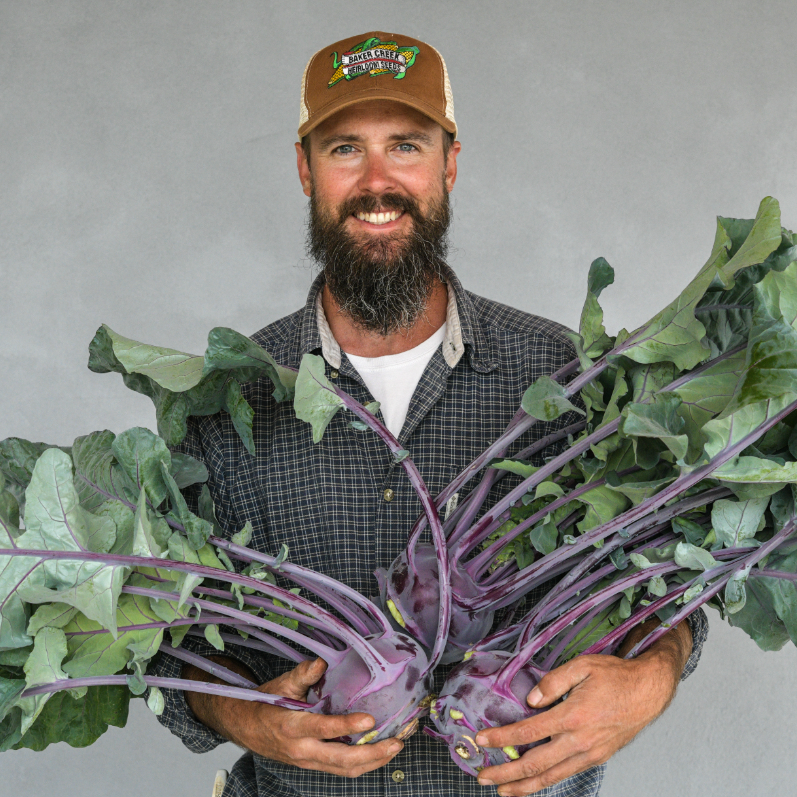
A landscaping job after high school led Andrew to edible landscaping, greenhouse work, and eventually studies in plant science, nursery and greenhouse management, and fruit and vegetable production. He leads Baker Creek’s trial growing program and is an expert in organic farming.

Tabar Gifford works as an American Meadows Master Gardener, and has a lifelong love for gardening and nature. With a background in environmental studies and sustainable community development, she enjoys combining her horticultural expertise with a commitment to education.
6. Leave soil testing until later in the year
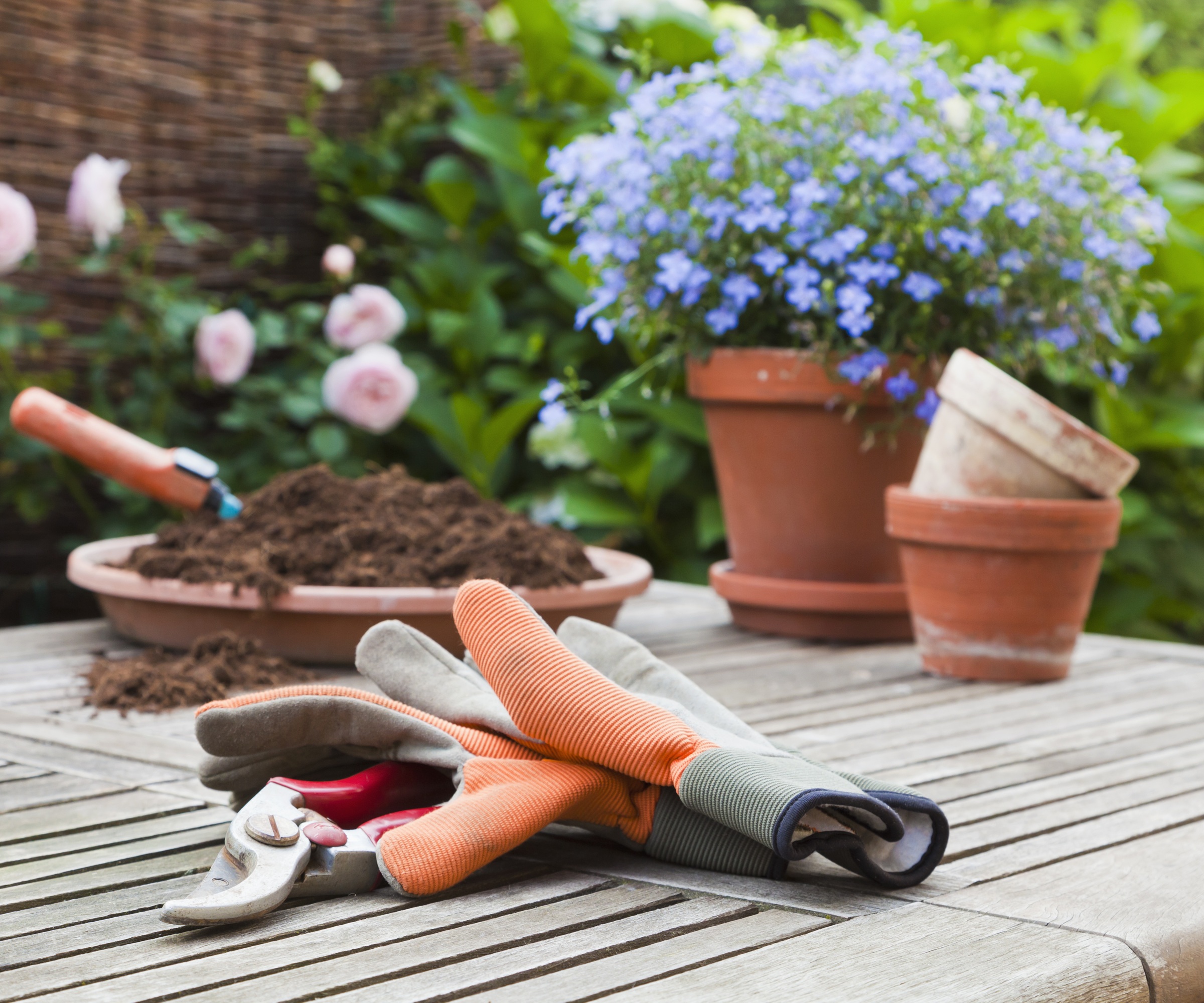
Keen to get a head start on planting and achieving that glorious garden you’ve spent winter dreaming of? Yes – then you may think early spring is the perfect time to test your soil.
A simple process of taking soil samples from different areas of your yard and analysing them for nutrients, minerals and general soil health, it can be hugely helpful for pro and novice gardeners alike. Well, this is not the best time, in fact it’s far better to leave it until later in the year for several reasons.
Having been dormant over the winter months, often under layers of snow and ice, microorganisms in the soil need time and warmth to reactivate and develop, so any reading taken too early in the year is unlikely to be truly accurate.
Nutrients levels in the soil are both generated and depleted by growing plants, so it makes sense to wait until these have had a chance to grow and establish themselves within the soil.
Climatic conditions can also play a part in influencing the outcome of any soil testing. Avoid gathering soil samples during prolonged wet, hot, cold or dry weather. Instead opt for early fall, September or October, as the most reliable months. New to conducting soil tests? Then these PH paper strips from Amazon are the perfect starting point.
7. Hold off cutting back daffodils and other spring flowering bulbs
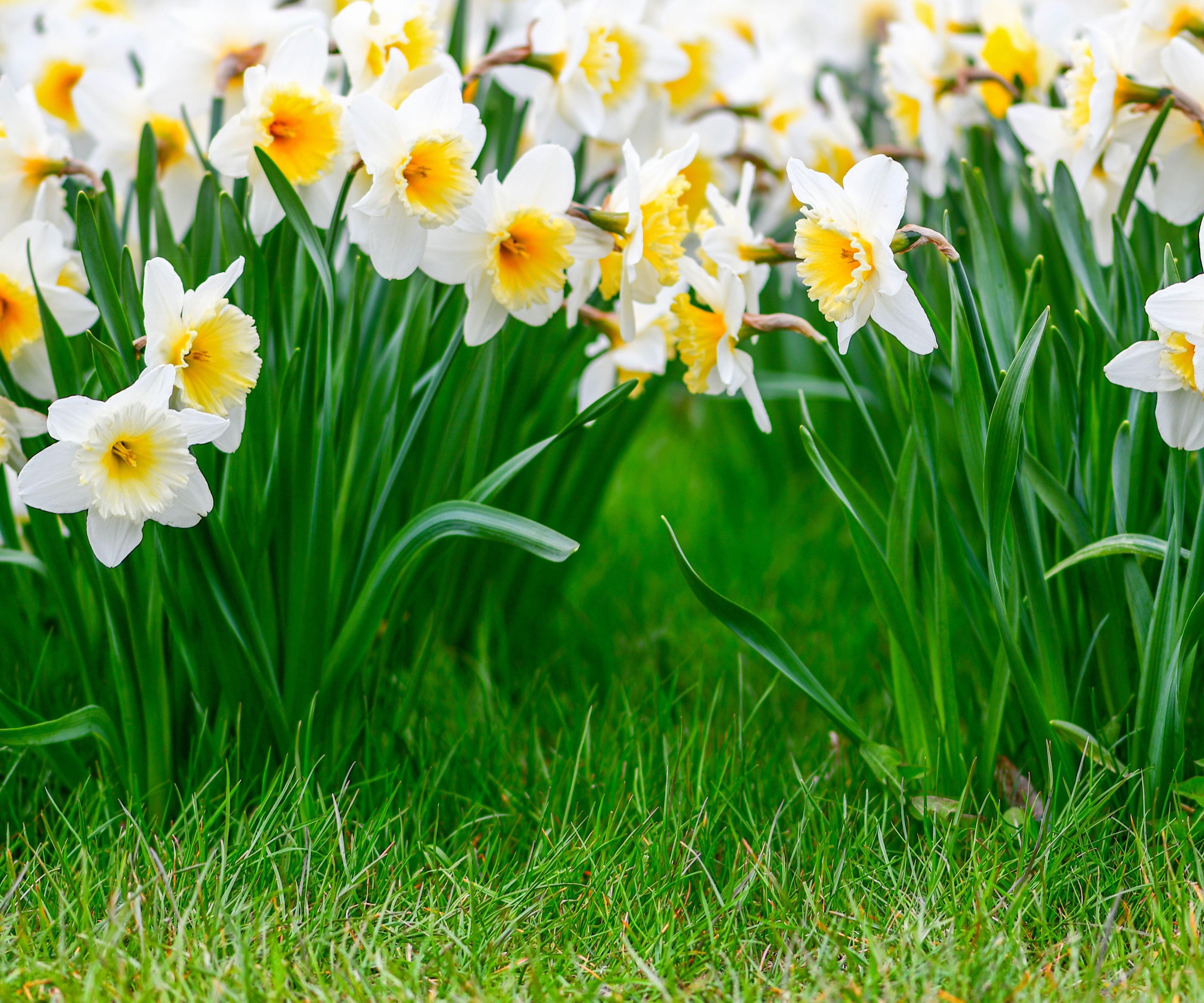
You may long for a neat and tidy garden but diligently cutting back the dead and fading foliage from early spring bulbs is really not worth the trouble. In fact, it can actually deprive the bulb of invaluable energy and plant sugars that they need to store and flower the following year.
The best results are gained by simply removing the dead flowerhead and seed chamber once they have turned brown and crinkly and waiting for the stem and foliage to die back naturally.
Once they too have turned a papery brown, they can be pulled away easily and added to the compost. Find out how to deadhead daffodils like a professional for a stunning display next year and check out these long bladed gardening snips from Amazon to make the job quick and easy.
Once you know which gardening tasks are not essential for spring, you can sit back and dream about future displays instead - these top flower bed trends are a great starting point. If you are still itching to get your yard ready for spring then check out these essential outdoor cleaning tasks and spring home maintenance jobs.
Sign up to the Homes & Gardens newsletter
Design expertise in your inbox – from inspiring decorating ideas and beautiful celebrity homes to practical gardening advice and shopping round-ups.

Journalist Jill Morgan has spent over 20 years writing and editing gardening, interior and property features. Titles she has worked on include The English Home, House Beautiful, Ideal Home, Houzz and Modern Gardens and she writes regularly for H&G as a Contributing Editor. Whilst she is a dab hand at renovation projects and DIY, she is happiest when out digging in the garden or planning a new border.
You must confirm your public display name before commenting
Please logout and then login again, you will then be prompted to enter your display name.
-
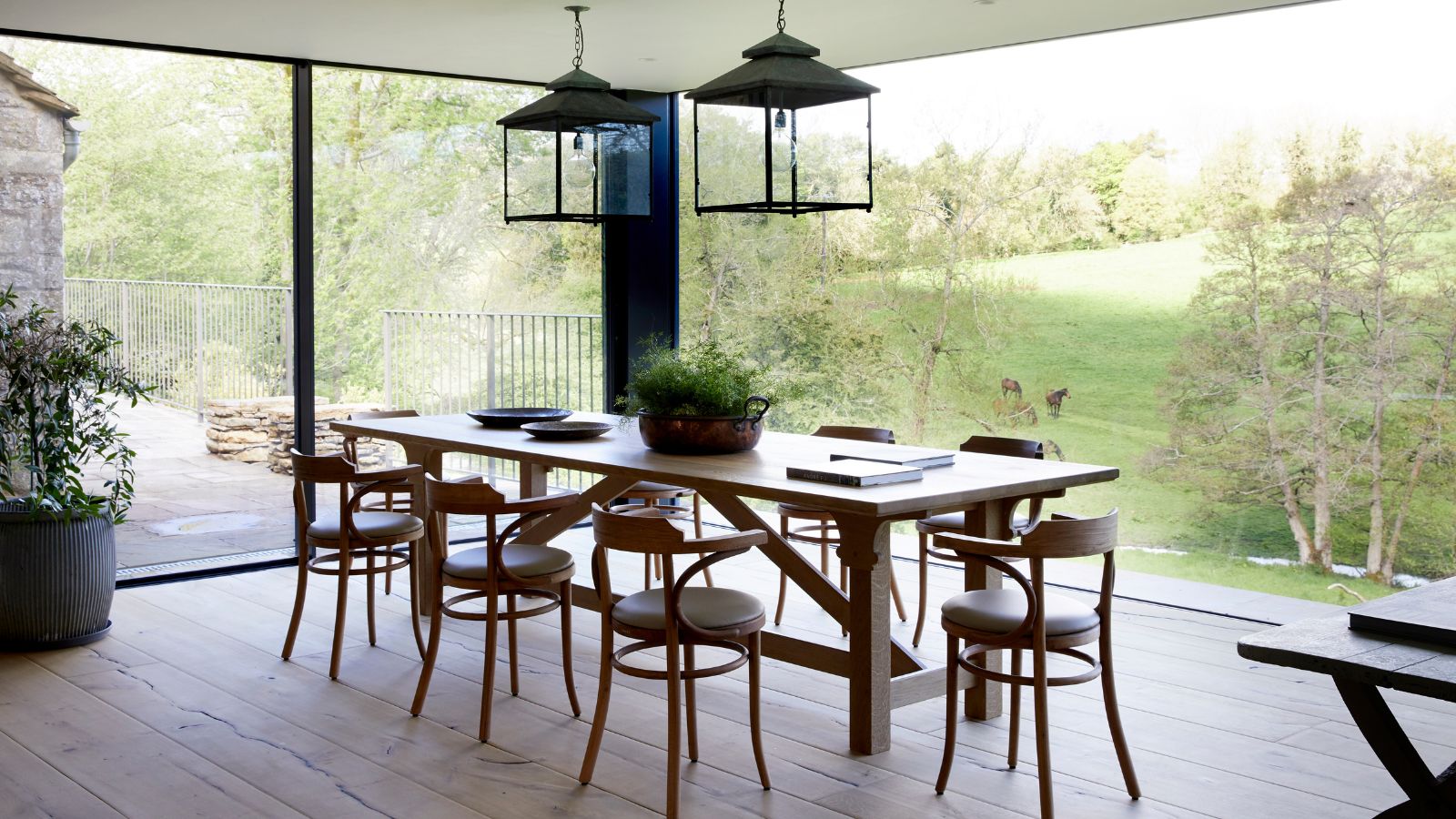 This is the single best upright vacuum we've ever tested – and it's on offer with $130 off at Shark for a limited time only
This is the single best upright vacuum we've ever tested – and it's on offer with $130 off at Shark for a limited time onlyYou won't want to miss this one
By Dan Fauzi
-
 Nate Berkus says slipcovered sofas are back on trend – and I just found a way to create this designer-approved laid-back look from just $86
Nate Berkus says slipcovered sofas are back on trend – and I just found a way to create this designer-approved laid-back look from just $86This classic style is making a strong comeback, but did you know you don't have to buy a whole new couch to get this Nate-approved look?
By Eleanor Richardson